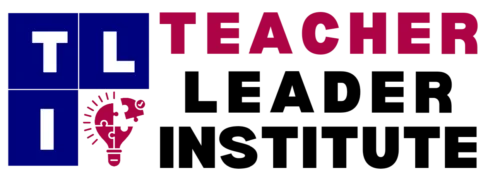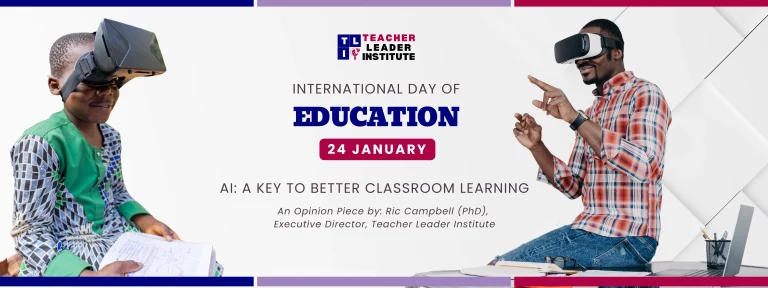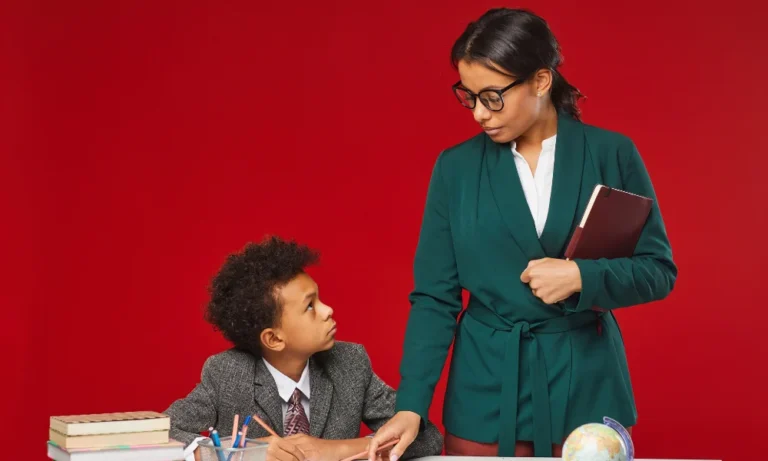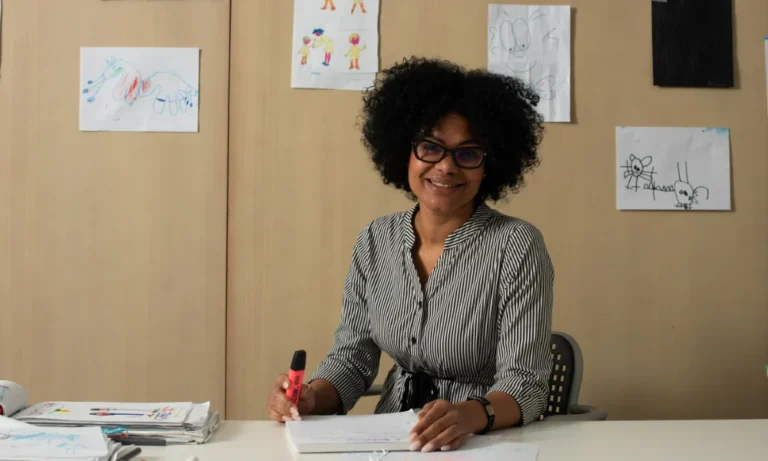In the ever-changing world of teaching, problems often come in unexpected forms, opening the door for creative solutions. In one class where disruptions were a common theme, I went on a journey to not only change how we learn but also empower my students to be the storytellers of their own experiences.
Let’s talk about the challenge: In our writing classes, we dealt with what I now call “surface-level disruptions.” The students found it hard to stay quiet for long, and remembering insights from reading Peter Johnston’s “Choice Words,” I considered these disruptions might be untapped creativity. Instead of squashing their excitement, I decided to dig deeper and understand what drove their enthusiasm.
After some thoughtful reflection, I asked myself a key question: What if these disruptions weren’t just distractions but expressions of a genuine desire to share stories in the making?
As I observed more, it hit me: the students, bursting with creative energy, struggled to contain their excitement. They wanted to share their stories in real time, overshadowing the need for discipline to finish assigned tasks.
So, instead of resorting to the usual methods of quieting everyone down, I chose to see the disruptions as signals of a deeper need for self-expression. This decision marked the start of a new way of managing our classroom.
In a stroke of inspiration, I introduced a simple incentive: every student who finished their work got to share their creation with the class. This small change turned disruptions into an invitation to celebrate storytelling rather than a barrier to getting things done.
The result was amazing. A classroom that was once full of distractions now had 90% of students focused on their writing, eagerly waiting for their turn to share. Even the student known for incomplete work found new motivation to contribute her story to the class.
Sharing stories transformed our classroom into a lively space of shared experiences, building a sense of community and collaboration. Students started seeing themselves not just as learners but as storytellers whose voices were worth hearing.
In the world of education, challenges aren’t obstacles; they’re opportunities to rethink what’s possible. By seeing disruptions as chances for self-expression, we give students the power to be leaders in their own stories, boosting their confidence and agency.




